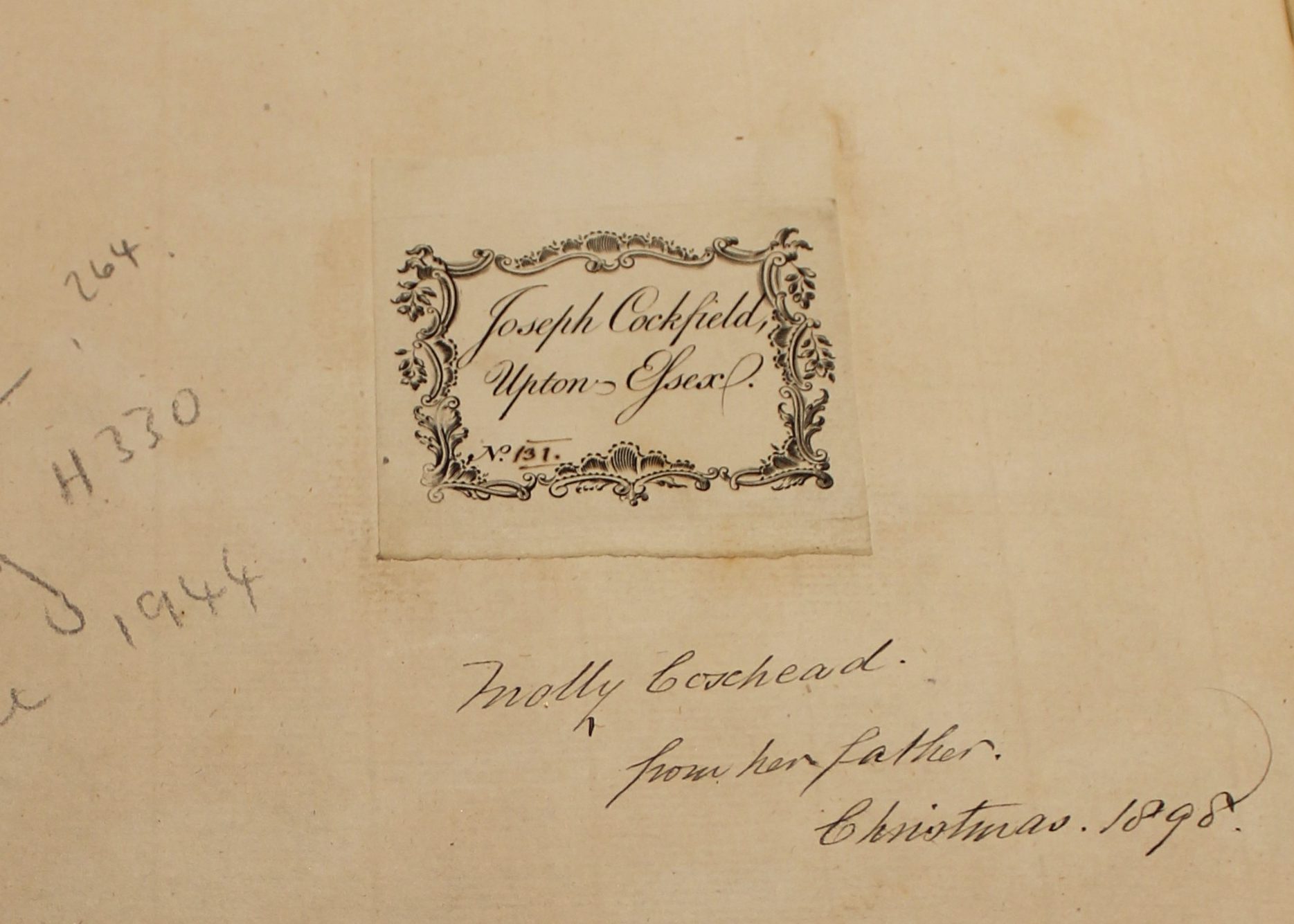Which books stand out in a collection? When it comes to rare medical books, the Science Museum Library houses some big names from the early modern period. Consider Vesalius’s sixteenth-century anatomical masterpiece De humani corporis fabrica.

This beautifully illustrated text proposed new ideas about the construction of the human body. In doing so, it complicated anatomical models by the second-century Greek physician Galen, which had been accepted – and revered – for centuries.
The eighteenth-century part of the collection also includes several visual show-stoppers. For example, these spectacular obstetrical illustrations were published in William Smellie’s A sett of anatomical tables, with explanations, and an abridgement, of the practice of midwifery. This large folio volume was meant to accompany Smellie’s other writings on midwifery.

Instrumental in the development of male midwifery, Smellie (1697–1763) experimented with the use of forceps in childbirth, eventually designing his own leather-covered version of the instrument (see the Museum’s collection of Smellie forceps on the collections page).

In the last decade, however, questions have been raised about where Smellie acquired the large number of female bodies depicted in A sett of anatomical tables: some have suggested that the corpses of pregnant women may have been acquired illegitimately or violently, whilst others have argued that the figures may not all have been copied from corpses, but from anatomical models. Another theory is that the artists responsible for the images – who also illustrated other obstetrical texts – may have used their previous artistic experience to produce some drawings.
When including books like this in a collection or exhibition, it is important to recognise the multitude of human stories they tell: the stories of those involved in their production, dissemination and reception deserve acknowledgement.
A handwritten memorandum describing which books the Museum Library wished to add to its collection recognised this human element. Probably dating from the 1990s, this informal note lists several kinds of scientific book that the Library was – or had been – interested in collecting. The first category, called ‘landmarks’, describes books that had a momentous impact on the development of science. But the note says that the Library was no longer so concerned with acquiring these, because it already possessed a large number.
Instead, it was turning its attention to books that were ‘less well-known […] but significant in their field’ and books of ‘“professional” quality not enormously innovative or original’. Here the Library recognised that works that helped scientific practitioners, technicians and tradespeople do their jobs in day-to-day life were just as important to our understanding of how scientific knowledge was transmitted as ‘landmarks’ like Vesalius’s work.

In my own research, I have encountered books worthy of attention for different reasons. Some were printed and revised a surprisingly large number of times, suggesting popularity in their own era. For example, a seemingly unremarkable pamphlet on scrofula written by John Morley, a gentleman from Essex, is not visually stunning; it contains only one illustrated plate. But it was revised or reprinted at least 42 times between 1760 and 1824.

Others display evidence of being highlights in individual lives. For instance, a copy of John Hill’s eighteenth-century British Herbal is prefaced with a note revealing that, in 1898, a father gave the herbal as a Christmas present to his daughter Molly.


Similarly, an eighteenth-century botanical text by William Woodville is signed by the nineteenth-century missionary John Barton in the same year that he graduated from Cambridge with honours in mathematics and natural sciences.
So, what we can learn by looking closer at such collections is that all of these books – whatever their shape or size – can have interesting human stories to tell.
Find out more about Hannah’s pop-up display here.